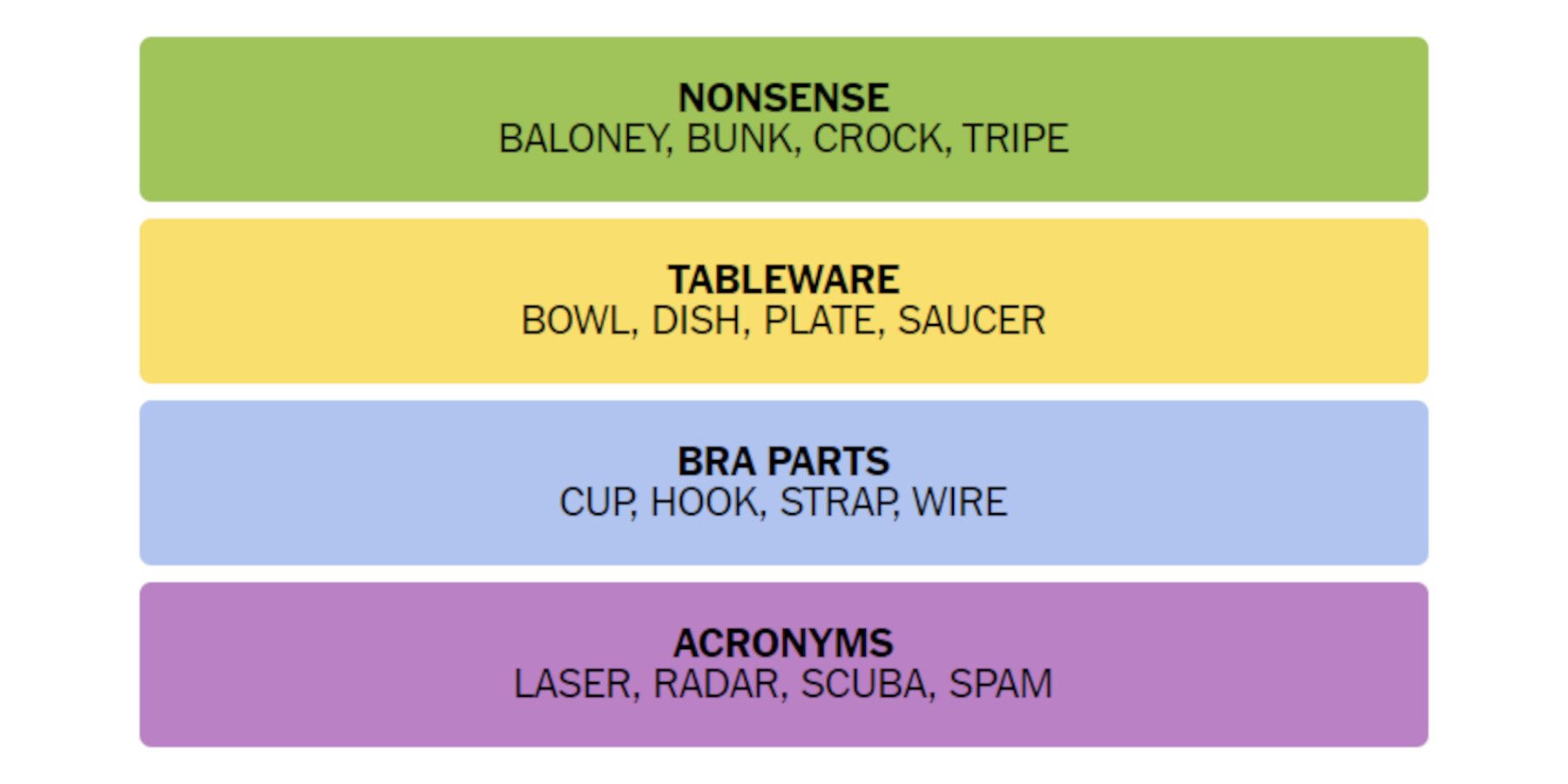Cracking the Code: Decoding NYT Jargon to Unlock the Secrets of the New York Times
Are you a curious reader who has stumbled upon the cryptic world of New York Times (NYT) jargon? Do you find yourself scratching your head, wondering what the authors mean by terms like "status quo" or "boomerang effect"? Look no further! In this comprehensive guide, we'll delve into the fascinating realm of NYT jargon, helping you navigate the complex web of terminology that surrounds the world's most revered newspaper.
With over 150 years of history, the NYT has evolved into a cultural institution, shaping the way we think about current events, politics, and society. However, its language and terminology can be perplexing, even for seasoned journalists and experts. This guide aims to demystify the NYT's unique vocabulary, providing you with a deeper understanding of the newspaper's thought-provoking content.
To start, let's define what we mean by "jargon." In the context of the NYT, jargon refers to the specialized language used by journalists, academics, and experts to convey complex ideas and concepts. This specialized vocabulary often involves technical terms, idioms, and colloquialisms that can be unfamiliar to non-experts. By decoding the NYT's jargon, you'll gain a richer understanding of the newspaper's coverage, enabling you to engage more effectively with its content.
Understanding the NYT's Language Style
The NYT's language style is characterized by a unique blend of formal and informal tones, making it a challenge for readers to follow. Here are some key features that contribute to the newspaper's distinctive voice:
- Objective tone: The NYT strives to maintain a neutral, objective tone, avoiding sensationalism and emotive language.
- Complex vocabulary: The newspaper frequently employs complex words and phrases, which can be intimidating for non-native speakers or those unfamiliar with the terminology.
- Expert-driven narrative: The NYT's coverage is often driven by expert analysis and opinion pieces, which can introduce specialized terminology and concepts.
NYT Jargon: A Glossary of Key Terms
Here's a list of essential terms that will help you navigate the NYT's language:
- Boomerang effect: A phenomenon where a change or policy has unintended consequences, often similar to its original purpose.
- Status quo: The current state of affairs or the existing system.
- Runners: Top-level positions or influential figures within an organization.
- Wedge issue: A divisive or contentious topic that can be used to polarize public opinion.
- Echo chamber: A situation where individuals or groups interact primarily with like-minded individuals, reinforcing their existing views.
Breaking Down the NYT's Reporting Style
The NYT's reporting style is built around a series of core principles:
- Investigative journalism: The newspaper prioritizes in-depth reporting and investigative journalism to uncover hidden stories and shed light on systemic issues.
- Data-driven analysis: The NYT employs data analysis and visualization to support its reporting, providing readers with a more nuanced understanding of complex topics.
- Collaborative reporting: The newspaper often works with other news organizations, think tanks, and experts to gather information and insights.
The NYT's Culture Section: A Window into the Times
The NYT's Culture section is renowned for its comprehensive coverage of the arts, entertainment, and culture. Here, you'll find:
- Film and theater reviews: In-depth assessments of movies, plays, and musicals, often accompanied by insightful analysis.
- Book reviews: Reviewers examine new releases, analyzing themes, authors, and literary trends.
- Arts and design: Features on contemporary art, design, and architecture, highlighting innovative works and emerging trends.
How to Decode the NYT's Editorials and Op-Eds
The NYT's editorials and op-eds are designed to spark debate and discussion, but can be challenging to follow for those unfamiliar with the language:
- Frameworks: Editorials often rely on established frameworks or thought processes to structure their arguments.
- In-argument references: Authors may reference earlier arguments or debates to support their own perspectives.
- Counterarguments: Many editorials address potential counterarguments, anticipating opposing viewpoints and providing rebuttals.
Conclusion
Cracking the code of NYT jargon is an essential skill for readers seeking to engage with the newspaper's complex content. By understanding the terminology, syntax, and narrative styles employed by the NYT, you'll unlock a deeper appreciation for the newspaper's thought-provoking articles, op-eds, and editorials. Whether you're a seasoned reader or new to the world of journalism, this guide provides a comprehensive introduction to the NYT's unique language, helping you navigate the fascinating realm of NYT jargon.
Zeochip
Is Justin Bieberead
Rebecca Pritchard 2024
Article Recommendations
- Skyes In 2024
- Twitter Nsfw
- Lyna Perez
- Michaelaly Parents
- Marcus Rosner
- Nia Renee Hill
- Tiktok Unblocked
- Bryshere Gray Gay
- Axl Rose Now
- John Heilemann Illness



